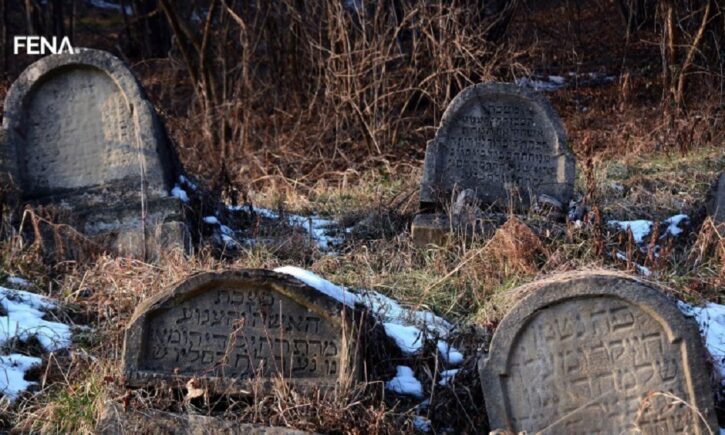
Visoko, near Sarajevo, was well-known for its Jewish community which greatly contributed to the development of the town, but no Jews have been living there for the past 50 years.
All that is left of the once-thriving Jewish community is a graveyard, a small street named Jevrejska ulica (the Jewish Street) and stories of their achievements as merchants, artisans and doctors.
The Jews in Visoko once had their own local synagogue, but the only thing left of that is a drawing in a local museum.
Advisor for Culture and Religion to the Jewish Community, Eli Tauber, told the FENA news agency that Jews have contributed a lot to the development of Visoko, particularly to its leather industry.
“There are no Jews in Visoko anymore, the last ones died back in the 1970s. All that is left is a series of names written across tombstones in a small, beautiful graveyard under a hill, on the road from Visoko to Kiseljak,” Tauber said.
He explained that the Jews who used to live in the area were mostly engaged in trade and various forms of craftsmanship, such as whitesmithing, leathercraft, shoemaking and others.
One of the more prominent local Jews was Elijas Kabiljo, who came there from Sarajevo and built a brickyard as well as houses which he would rent out.
Those houses are still there today, and they are known as ‘Kabilja’s houses’.
The Jews in Visoko mostly lived near the main street, according to historian Mirna Malic. None of them lived in the Jewish Street, which only got its name because the synagogue was located there, she explained.
Malic listed three prominent Jewish families from Visoko – Danon, Kabiljo and Demajo.
“Avram Demajo was one of the more prominent professors at the leathercrafting school,” she said, adding that local Jews also had their printing shop ‘Danon’ there.
The Jews arrived in Visoko in the 18th century and a total of 199 of them lived there until 1941. Only three of them remained during the Nazi occupation – a pharmacist and two old ladies who could not travel because they were ill.
Only 18 in total survived WWII.





